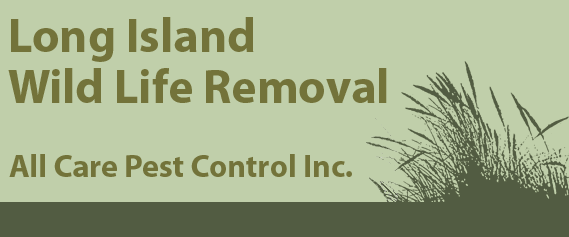With most species, adult parasitic wasps themselves do not take any nutrients from their prey, and, much like bees, butterflies, and wasps those that do feed as adults typically derive all of their nutrition from nectar. Parasitic wasps are typically parasitoids and extremely diverse in habits, many laying their eggs in inert stages of their host (Egg or Pupa), or sometimes paralyzing their prey by injecting it with venom through their ovipositor. They then insert one or more eggs into the host or deposit them upon the host externally. The host remains alive until the parasitoid Larvae are mature, usually dying either when the parasitoids pupate, or when they emerge as adults
The type of nest produced by wasps can depend on the species and location. Many social wasps produce paper pulp nests on trees, in attics, holes in the ground or other such sheltered areas with access to the outdoors. By contrast solitary wasps are generally parasitic or predatory and only the latter build nests at all. Unlike honey bees, wasps have no wax producing glands Many instead create a paper-like substance primarily from wood pulp. Wood fibers are gathered locally from weathered wood, softened by chewing and mixing with saliva. The pulp is then used to make combs with cells for brood rearing. More commonly, nests are simply burrows excavated in a substrate (usually the soil, but also plant stems), or, if constructed, they are constructed from mud.






